Overview
Vicharika is a skin condition that arises due to imbalances in the doshas, primarily Pitta and Kapha. The derangement of these doshas leads to the accumulation of toxins (ama) in the body, which manifest on the skin as eczematous lesions. Eczema can have various causes, including genetic factors, environmental triggers, stress, and dietary factors.
At our Ayurvedic hospital, we understand the challenges posed by Vicharika and provide comprehensive treatment solutions to address the root cause of the condition.
Symptoms
The symptoms of Vicharika can vary from mild to severe and may include redness, itching, dryness, scaling, oozing, and thickening of the affected skin. These symptoms can cause significant discomfort and may impact daily activities and sleep patterns. It is essential to address eczema promptly to prevent exacerbations and complications.
Types
According to Ayurveda, Vicharika can be classified into various types based on the doshas involved:
Vataja Vicharika: This type of eczema is primarily associated with imbalanced Vata dosha. The skin becomes dry, rough, and scaly, with symptoms aggravated by cold and dry weather.
Pittaja Vicharika: Pitta dosha imbalance leads to redness, inflammation, and intense itching in the affected areas. Exposure to heat, spicy food, and excessive sun can worsen the symptoms.
Kaphaja Vicharika: Kapha dosha dominance causes thick, oozing lesions with excessive itching and a feeling of heaviness. Cold and damp weather conditions tend to exacerbate the symptoms.
Causes
Vicharika can have multiple underlying causes, including a combination of genetic predisposition, environmental factors, lifestyle choices, and dietary habits. Some common triggers include exposure to allergens, irritants, certain foods, stress, hormonal changes, and weakened immune system function.
Diagnosis & Treatment
Diagnosis of Vicharika in Ayurveda involves a thorough examination of the patient’s medical history, lifestyle, and the appearance of skin lesions. Understanding the specific dosha imbalance and identifying the root cause is crucial for effective treatment.
Ayurvedic treatment for Vicharika aims to balance the doshas, eliminate toxins, and restore skin health. It typically includes a combination of the following approaches:
Panchakarma: Detoxification therapies like Vamana (emesis), Virechana (purgation), and Rakta Mokshana (bloodletting) may be employed to remove accumulated toxins and purify the body.
Herbal Medicines: Ayurvedic formulations containing herbs with anti-inflammatory, detoxifying, and rejuvenating properties are prescribed to alleviate symptoms, improve skin health, and boost immunity.
Dietary Modifications: A personalized diet plan is recommended to pacify the imbalanced doshas. This may involve avoiding trigger foods, including spicy, fried, and processed foods, and incorporating cooling, nourishing, and antioxidant-rich foods.
Lifestyle Changes: Stress management techniques, gentle exercise, and adequate sleep are emphasized to promote overall well-being and support the healing process.
External Therapies: Topical applications of Ayurvedic medicated oils, creams, and pastes, along with medicated baths, help soothe the affected skin, reduce inflammation, and improve skin texture.
Preventive Measures: To prevent eczema flare-ups and maintain healthy skin, it is essential to follow these preventive measures:
- Avoid triggers such as harsh soaps, detergents, fragrances, and allergens.
- Keep the skin well-moisturized and hydrated.
- Maintain good personal hygiene practices.
- Manage stress levels through techniques like meditation and yoga.
- Follow a balanced diet that includes fresh fruits, vegetables, and whole grains.
At our Ayurvedic hospital, we are dedicated to providing holistic care for Vicharika, addressing the underlying imbalances and promoting long-lasting relief from eczema symptoms. Our experienced Ayurvedic physicians will tailor the treatment approach to suit your individual needs, helping you achieve healthier, radiant skin.
References: Ashtanga Hridaya, Charaka Samhita, Sushrutha Samhita.

